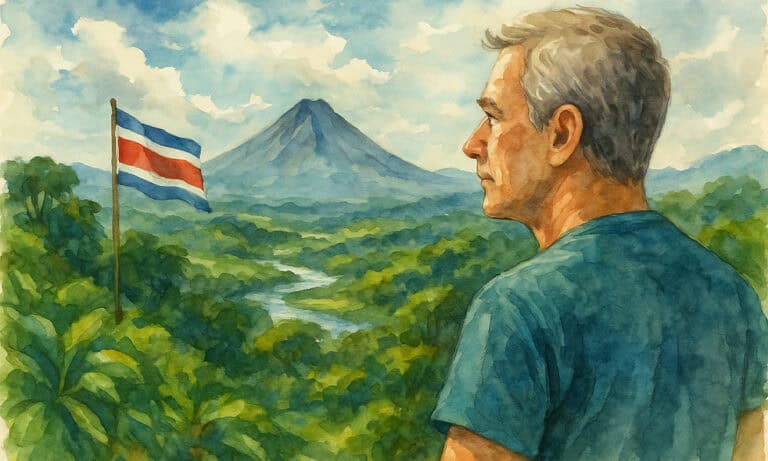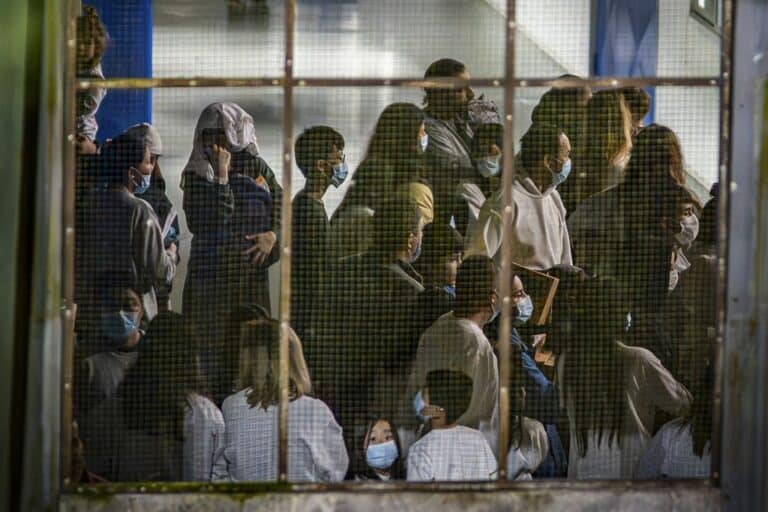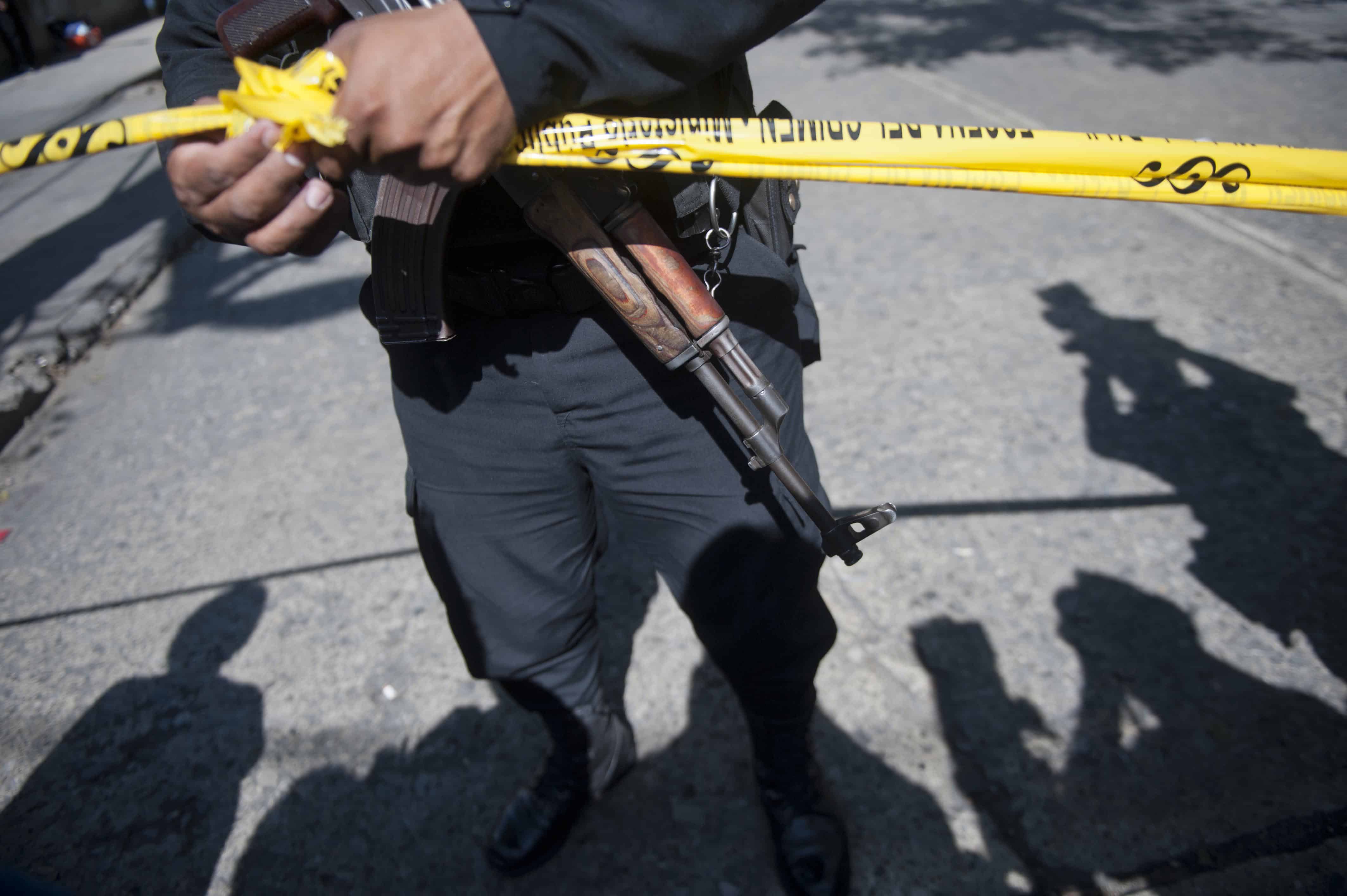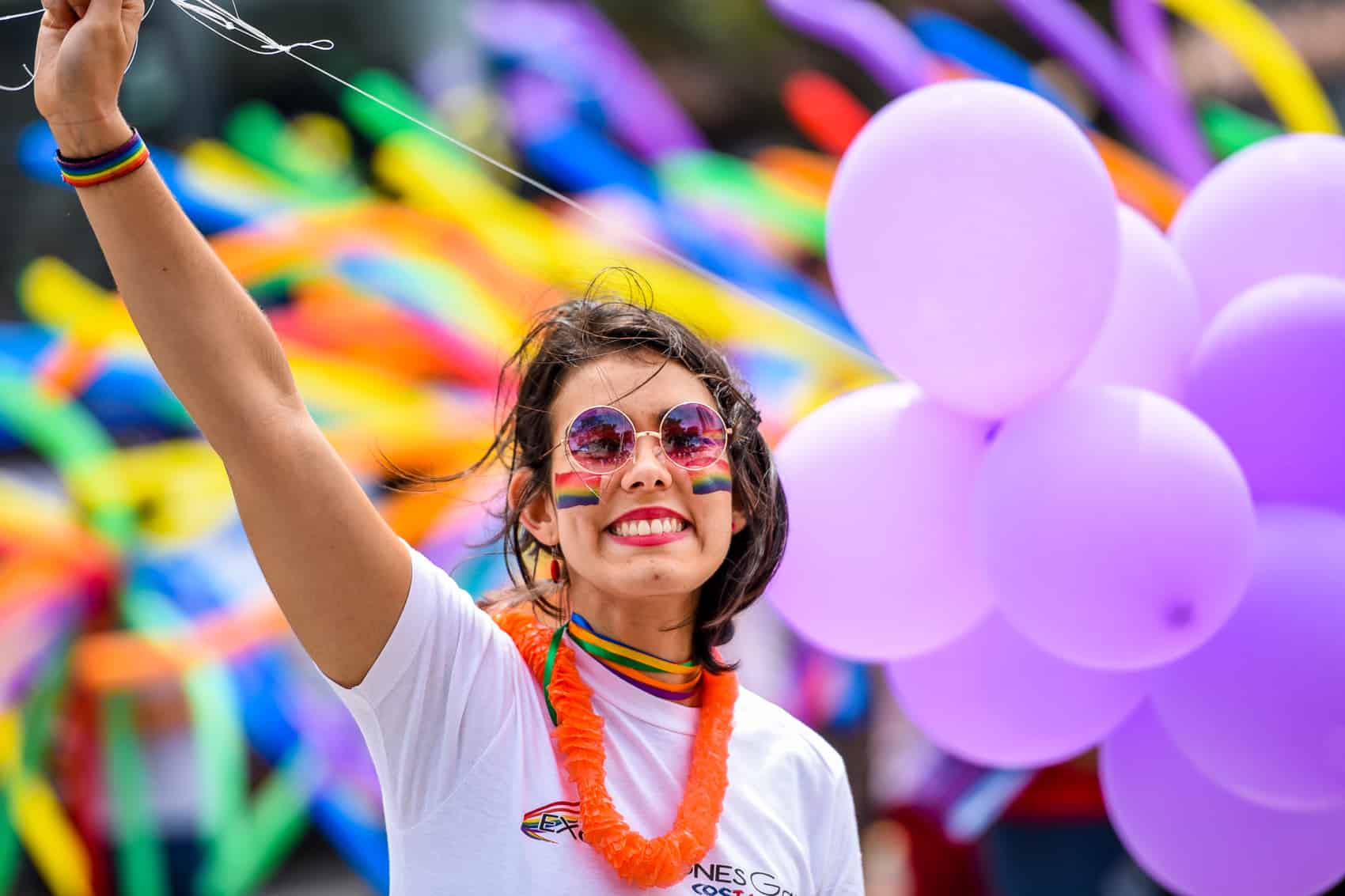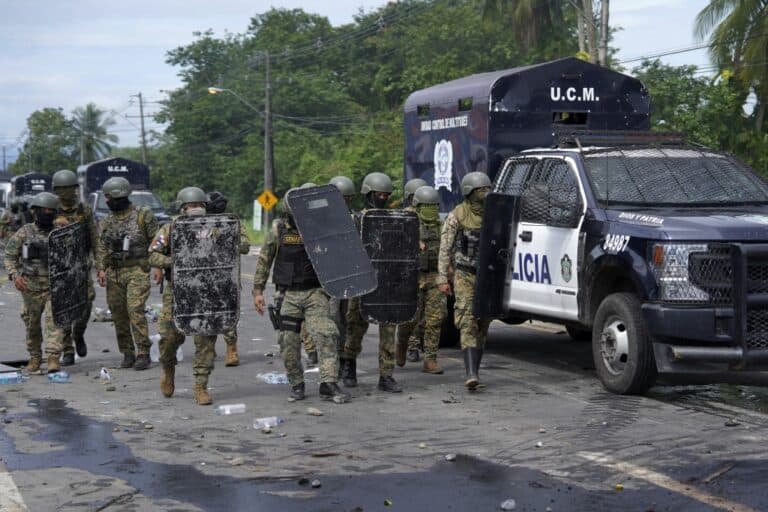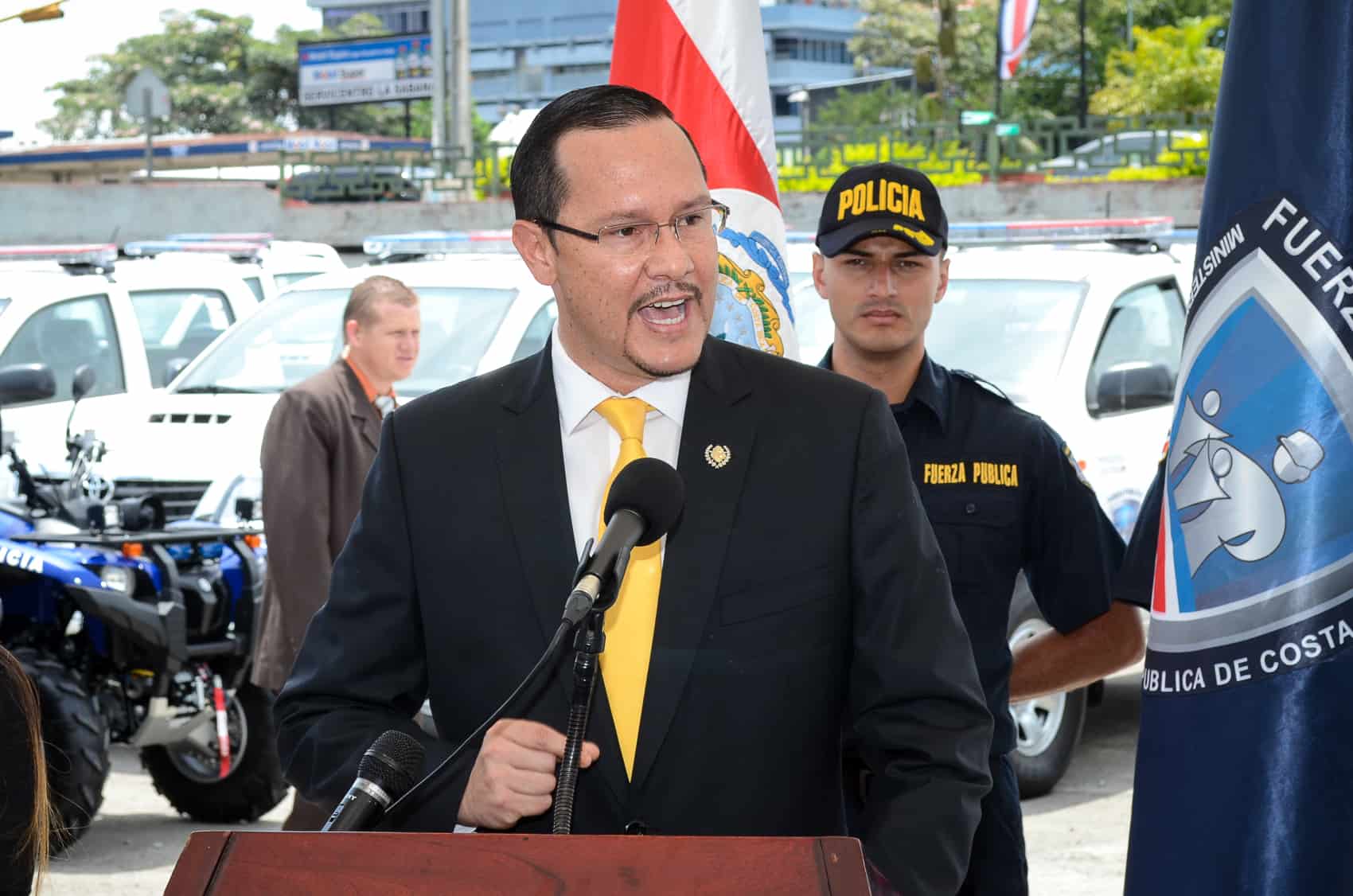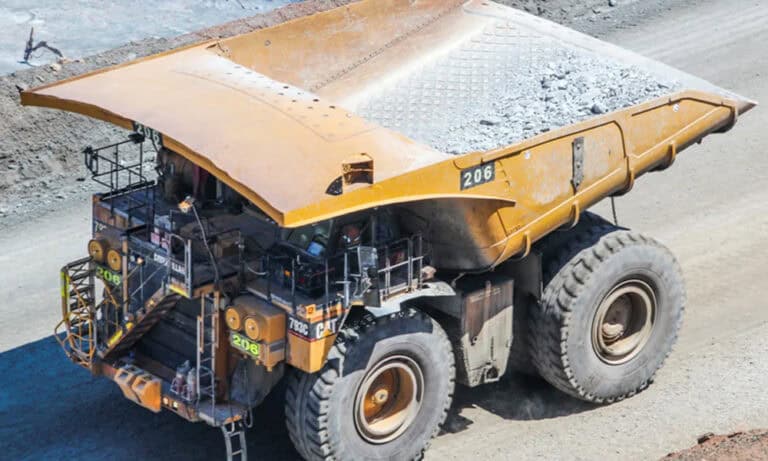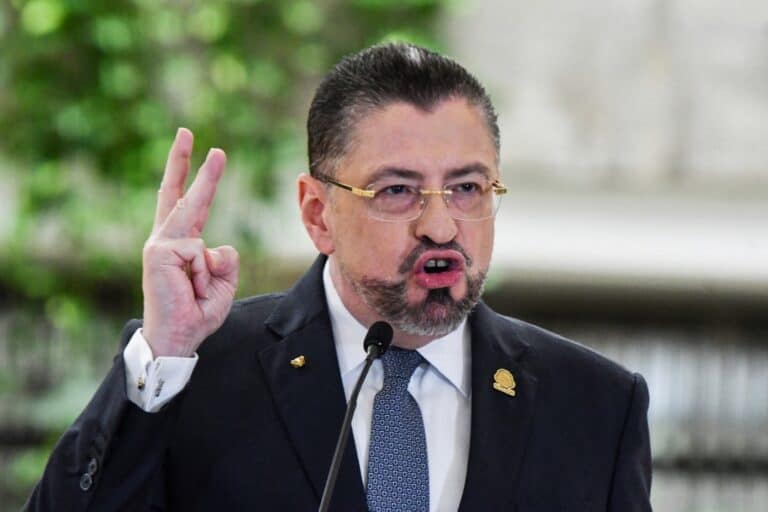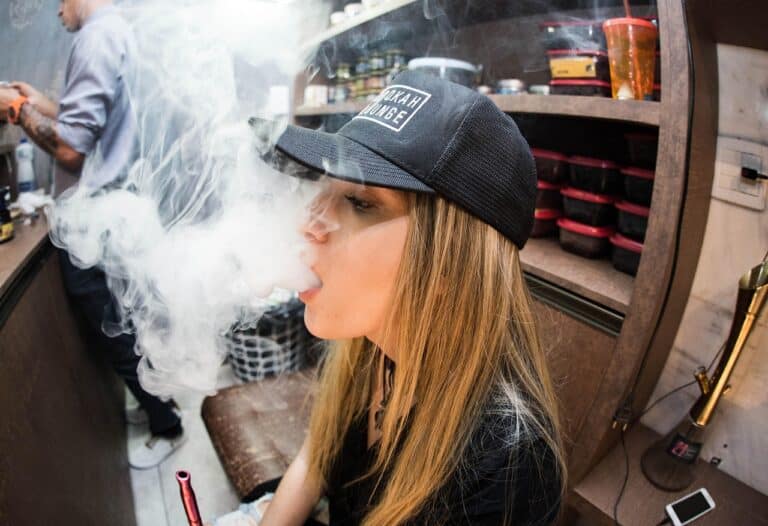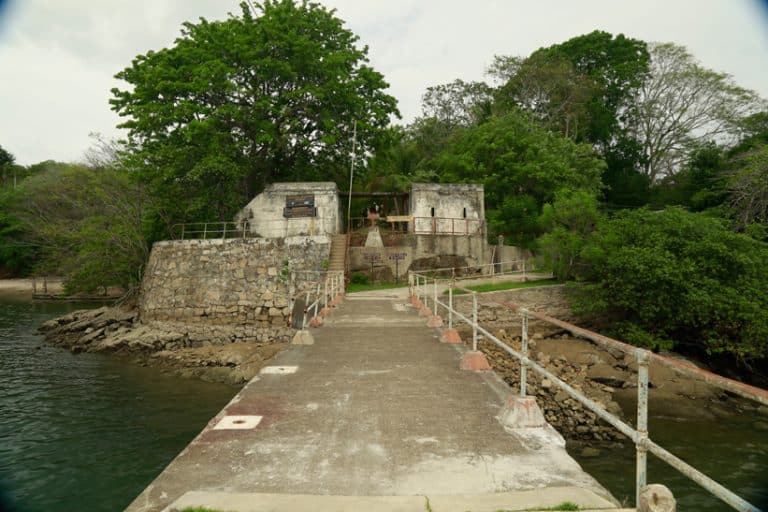If someone asked me to sum up why I live in Costa Rica in 5 words or less, my answer could well be: “It is my safe space.” All the world’s human-made problems– war, disease, famine, fanaticism, intolerance– seem far away when I am back in Ticolandia. Numerous cataclysmic events caused by man have unfolded across the globe in my 3 plus decades here, yet I have always felt as if I was observing from a remote and secure place.
Those bombs dropping and innocent people dying from Serbia to Chechnya to Iraq and Syria, from Ukraine to Iran to the Gaza strip, may as well have been on another planet. Even the recent past disturbances in our neighboring countries of Nicaragua and Panama seemed like they were happening in far-off places.
Maybe it’s the absence of a military that ironically gives me a false sense of security. Other nations respect our decision to invest money elsewhere that would usually go to armaments and personnel. (Where those savings actually go is a topic for another day). We elect our representatives democratically.
Every four years we have a day that is part presidential election and part national fiesta. The new president and ministers take office without street fights and tanks rolling down the avenues. And while there is far too much crime– much of it narco-related– the feeling has always been that if you take precautions and use common sense, you can avoid being a victim.
If anything is threatening my illusion of a safe space, it is not humanity. Instead it is nature and the forces it can unleash. Here we are at the mercy of it all– active volcanoes, raging rivers, unsteady mountainsides, and an unsteady underpinning highlighted by the action of tectonic plates, with the Cocos plate burrowing its way beneath the Caribbean plate.
At this writing we have three active volcanoes– Poas, Turrialba and Rincon de la Vieja– all of which have erupted this year. Volcanic action worldwide is on the increase, possibly due to electromagnetic shifts brought on by increasingly intense solar storms. The month of June has been wetter than usual. And those two tectonic plates I mentioned? They are overdue for a major readjustment which will translate into a major earthquake somewhere in our country.
Is there really such a thing as a safe space? You can convince yourself that you are where you want to be, but what once seemed a good place to lay back and watch the world go by can become a danger zone overnight. Every bomb dropped, every gun fired, every senseless war being waged, all of humanity’s futile actions pale compared to the devastation that can be wrought by the natural world.
As for me, I harbor no illusions. Costa Rica for all its faults is still the closest thing to a safe space as I have found. Pura Vida.

